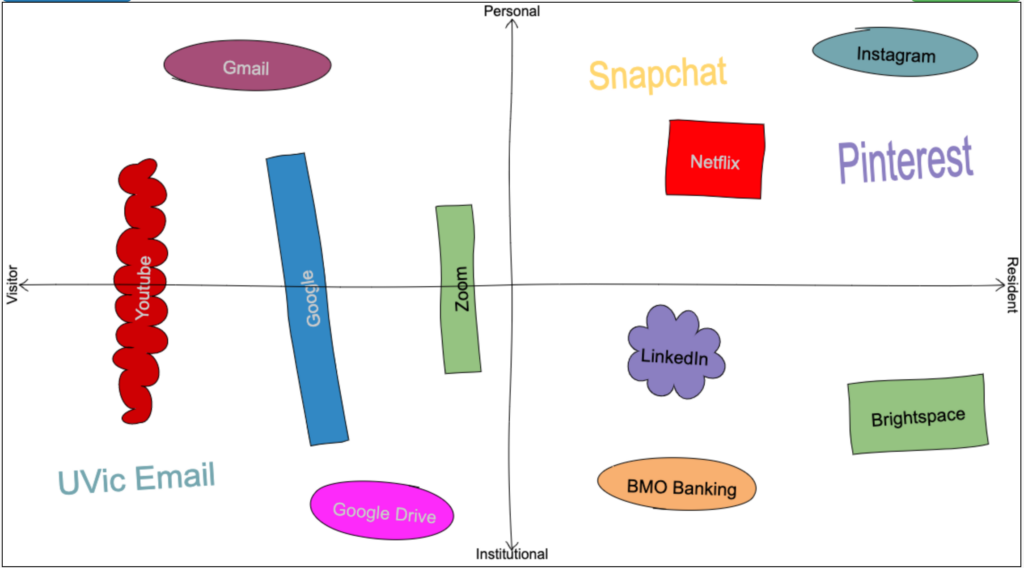Consider the guest and their steps in building a podcast relying on a PLN:
In the podcast interview, Mo Amir explains that from the beginning of his podcast he has always kept the contents of his podcast authentic to himself and what he was personally interested in. He doesn’t worry about external, differing opinions which allows him to be freer in his creative decision-making process and produce more successful episodes. Mo Amir describes that he has bigger guests on such as comedians and explains that if he lands a very large guests, their peer and colleagues will reach out which will therefore expand his audience. He claims that one could episode can give you a lot of attention and land you on the media. One important step in building his podcast platform was utilizing Twitter, where he was able to engage with local journalists and local entertainment people to gain traction. Through relying on his PLN and using a combination of these steps, Mo Amir was able to make it to the top 20 iTunes charts.
Can your PLN be used to help professional development post-course? If yes, how? If no, what limitations exist?
A PLN can definitely be used to help professional development. As described in the article Social Media and Emerging Economies, “Globalization and the explosion of instruments of mass communication especially social media have made audiovisual human interaction across national boundaries as easy as the push of a tiny little button on a small device that fits into the pocket” (Del Giudice et al., 2013, p.73). For instance, Instagram and Twitter allows you to interact with people in similar disciplines, gain traction for a cause you are supporting through your profession, and even promote a brand you are creating. Although I do not currently have professional accounts on social media, I look forward to creating them in the future to effectively expand my PLN. Social media is a great way to expand a PLN because it is fairly easy to gather attention on these platforms and therefore build your network. In addition, LinkedIn has allowed me to communicate with employers to find jobs, as well as gain insight into the professional requirements of a job I am interested in. LinkedIn is an important platform in a professional network because it establishes credibility in your industry and highlights individual skills and achievements. You can also join LinkedIn groups which allows you to interact with people with similar interests and fields and expand your network to those already in professional settings in your industry. You can also take part in discussions where you can ask questions, showcase your knowledge on certain topics, and start conversations with people apart of leading companies.
Can your PLN be relied on to open professional opportunities?
Your digital PLN can be a tool to expand your professional opportunities but should not be too heavily relied on. For instance, forming connections online is a great way to network, however, in-person connections are important to establish and maintain. With Covid-19 shifting all of us into a predominately digital world the past two years, I believe that people have forgotten the importance of non-digital based relationships. On the other hand, a digital PLN can be a great tool to open professional opportunities. As I previously mentioned, LinkedIn is a great way to get your name out there. As Mo Amir explains in the interview, he was successful in utilizing Twitter to expand his digital PLN and therefore bring an impressive amount of attention to his podcast. I believe that finding healthy balance between creating a digital vs. non-digital PLN is key to opening professional opportunities.
References:
Del Giudice, M., Della Peruta, M. R., & Carayannis, E. G. (2013). Social media and emerging economies: Technological, cultural and economic implications. Springer Science & Business Media.
Miller, Jesse. (2021). EDCI PODCAST-2021-10-24 Mo Amir. YouTube. https://www.youtube.com/watch?v=LgoDet6pwaI
